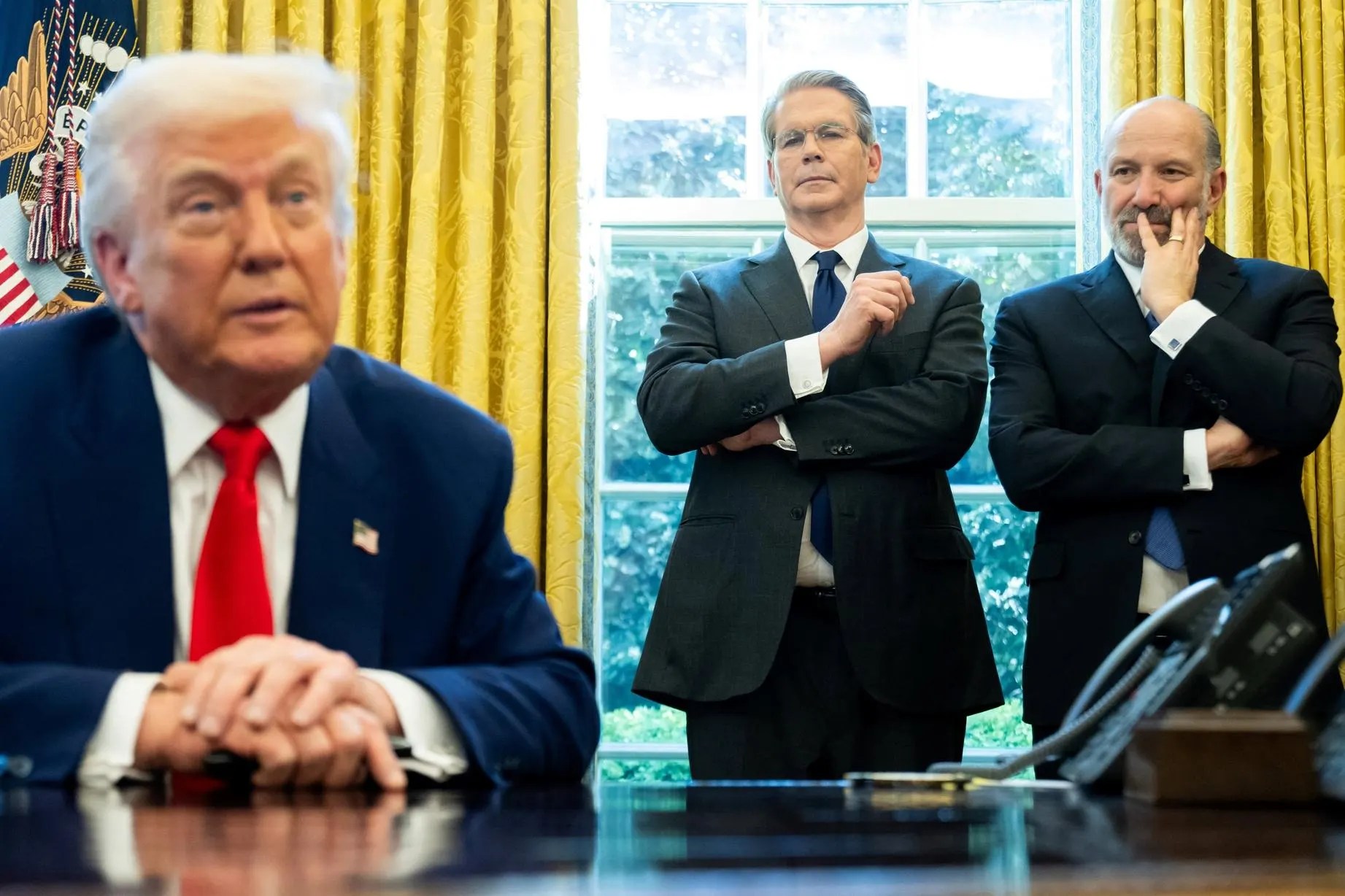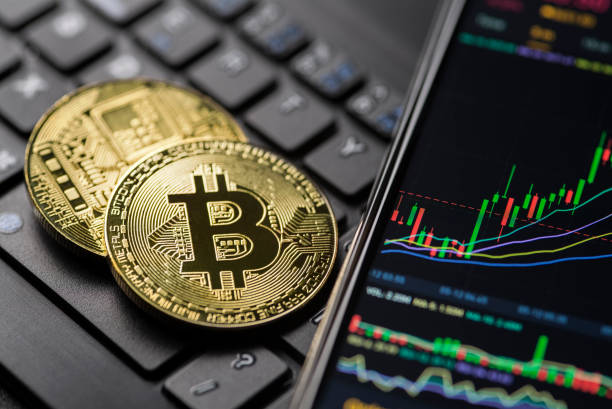The post See Trump’s Major Tariff Flip-Flops—As President Raises Steel Tariffs To 50% appeared on BitcoinEthereumNews.com.
Feb. 7Trump made his first public comments about imposing sweeping tariffs on foreign imports—after already announcing separate tariffs on goods from China, Canada and Mexico—telling reporters he wanted reciprocal tariffs that match the duties countries levy on American goods, saying he wants to make sure “we’re treated evenly” and that “we don’t want any more, any less.” Feb. 13Trump signed a memorandum directing his administration to fix its “non-reciprocal trade arrangements” with other countries by “determining the equivalent of a reciprocal tariff with respect to each foreign trading partner,” taking into account what tariffs a country levies on American goods, but also related costs like value-added taxes and nontariff trade barriers like regulations that make it harder for the U.S. to import their goods. March 26The Trump administration announced 25% tariffs on imported cars to be imposed starting April 3, with an extension to imported auto parts starting May 3, as Trump suggested the levies would accelerate “tremendous growth in the automobile industry” as automakers build more U.S.-based plants. March 27Trump indicated his auto tariffs would be “permanent” throughout his second term. March 31White House Press Secretary Karoline Leavitt told reporters there would be “no exemptions at this time” to Trump’s impending tariffs on foreign goods. April 2Trump rolled out his tariff policy at a “Liberation Day” event at the White House, releasing details of the plan that showed nearly all countries (even uninhabited ones) facing tariffs ranging from 10% and 50%—but the Trump administration appeared to calculate by just dividing a country’s trade surplus with the U.S. by its export value, rather than the more sophisticated formula the administration claimed (flip-flop No.1 ). Contrary to Leavitt’s March 31 comments, the executive order imposing the tariffs exempted “copper, pharmaceuticals, semiconductors, lumber articles, certain critical minerals, and energy and energy products”…






































